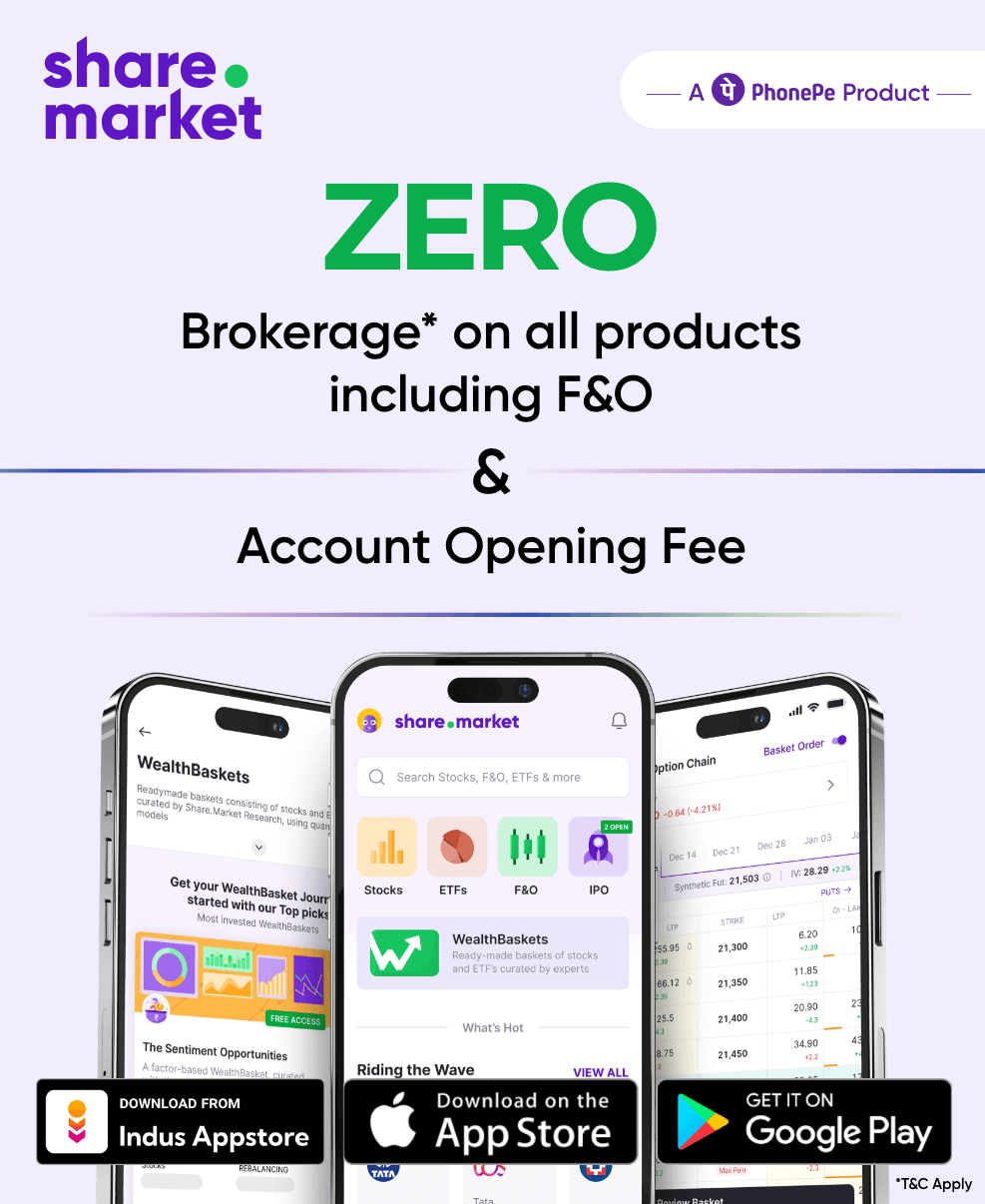Every Index Investor is a Quant Investor and Here’s Why
When you first step into the realm of investing, you’ll frequently hear about the virtues of index funds. Wise investors often cite legendary figures like Warren Buffett, praising the merits of these funds.
As a result, you may find yourself holding a well-known index fund in your portfolio, perhaps the Nifty 50 or Sensex 30.
But, here’s a little-known secret: these indices are, at their core, a form of factor investing. How so, you ask? Well, let’s break it down in plain language.
These indices consist of India’s top 30 or 50 companies in the stock market, selected based on their market value. When a company’s stock price rises and its market value grows, it joins the index. Conversely, if a company’s market value stagnates or declines because of price fall, it is shown the exit door.
Every six months, these constituents are re-evaluated, and significant amounts of money are poured into these companies through Exchange-Traded Funds (ETFs) or index funds.
Now, let’s pivot to the realm of factor investing, which looks at specific factors or characteristics that historically have been associated with higher returns.
These characteristics can be factors like Value, Yield, Quality, and more. One such widely known factor is “Momentum,” which looks at the relationship between a company’s recent price performance and its future expected returns. The momentum effect says that past winners will outperform the past laggards.
If we revisit our discussion about Nifty 50 and Sensex 30, we’ll realize that these market-cap based indices exhibit momentum-like behavior.
As the index constituents display price strength, i.e, showing positive momentum, their price starts increasing and so does their market capitalization. This increases the constituent’s weight in the overall index. The reverse is also true. Therefore every market-cap index has in effect momentum investing embedded in it.
But, there’s a catch. Not every factor consistently performs well across all market cycles. Some do well during bull runs while others do well during market crashes.
What if there were index-like portfolios designed with a set of factors that consistently delivered rewards to investors with relatively lower risks?
This is what practitioners of factor investing, like ourselves, aim to do. While building portfolios, we approach investing by combining the traits of all successfully tested factors into creating a “composite factor” for ourselves.
This composite factor gives us exposure to all factors, making our investing journey less bumpy.
The below image explains this better.
But this is not as easy and simple as it sounds. This involves running millions of calculations, across thousands of data points on all the 3000+ stocks listed in the country.
These calculations help us answer two questions for our quant models:
- Which factors should be included?
- What weightage should each factor be given?
After multiple iterations, we come up with the sweet mix of factors in the right proportion that make up our WealthBaskets.
This is just like a Michelin star chef choosing the right ingredients in the right quantity to cook their customers, a lip-smacking cuisine.
And just like star chefs, we keep experimenting with our ingredients so that our dishes remain relevant and keep up with the ever-changing tastes of consumers.
But, once created, the machine takes control of the driving seat and all the decisions are on auto-pilot mode. There is no human intervention, just like an index, immunizing such strategies from behavioral biases that hurt portfolio returns.
And there is no dearth of studies done by academicians and portfolio managers validating our claims of behavioral biases hampering the returns of a portfolio.
So in short, factor investors follow a simple process of creating their own indices using custom formulas to suit their investment objectives and then let their math machine-curated portfolios do the magic.
Disclaimer- PhonePe Wealth Broking Private Limited is a member of NSE & BSE with SEBI Regn. No.: INZ000302639,Depository Participant of CDSL Depository with SEBI Regn. No.: IN-DP-696-2022 and ARN- 187821. Member id : BSE – 6756 NSE 90226. PPWB acts as a distributor of Mutual Fund and WealthBaskets. Investments in the securities market are subject to market risks, read all the related documents. Disputes with respect to the distribution activity would not have access to Exchange investor redressal or Arbitration mechanism.
This article was originally published at Business Today on 21-11-2023


